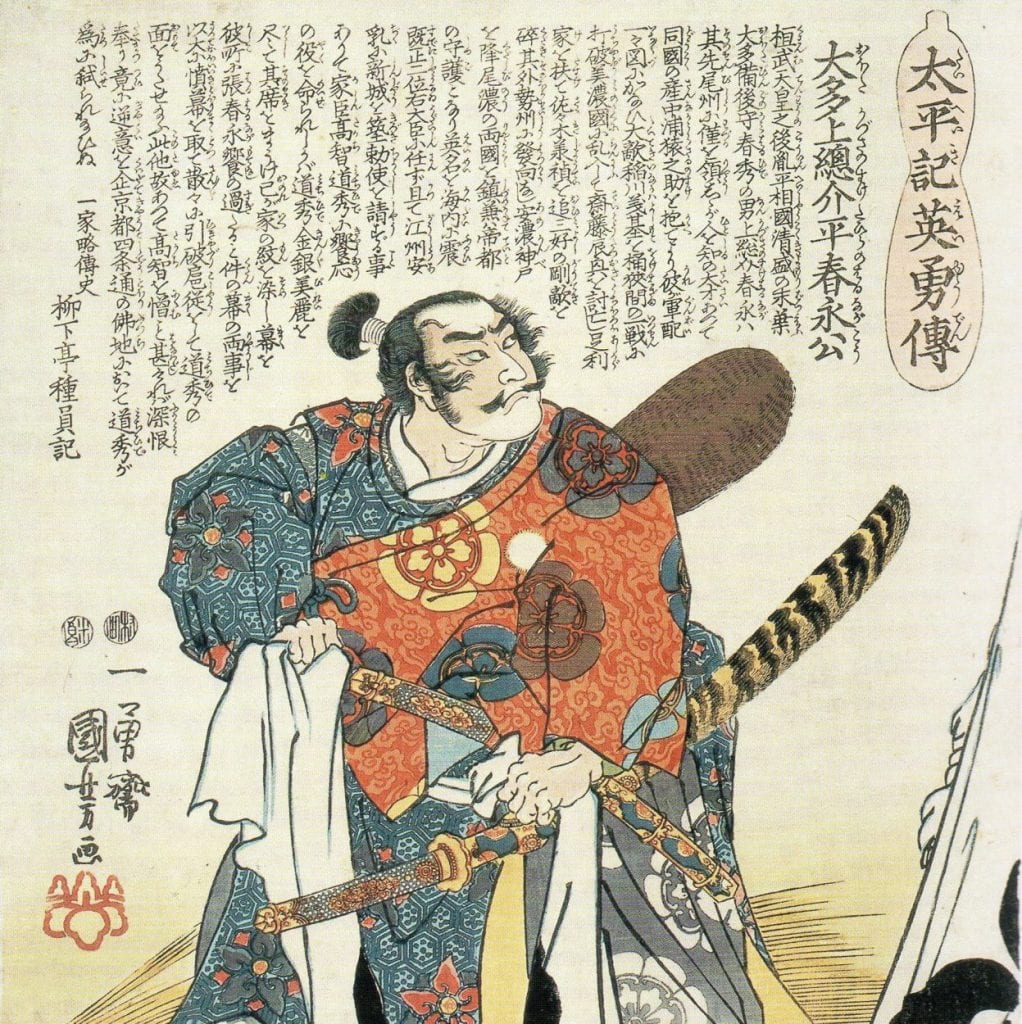Almost 450 years ago, an African man in the service of the Jesuits arrived in Japan, who would become the first foreign-born person to obtain the title of samurai, also referred to as bushi.
The Samurai were an officer cast of hereditary military nobility, who followed the bushido (meaning the “warrior way”) codes of martial virtues loosely analogous to the European concept of chivalry, which varied depending on each samurai clan and era.
The samurai class was abolished by the Meiji government during the Meiji restoration in the 1870s, as the state focused on the formation of a modern nation-state by removing the obsolete feudal institutions.
Little is known of Yasuke’s early life, with the Histoire ecclésiastique des isles et royaumes du Japon, written by Jesuit priest François Solier of the Society of Jesus in 1627, claiming that Yasuke was likely from Mozambique, although some sources suggest he was a Dinka from South Sudan or from Ethiopia.
In 1579, the Jesuit missionary Alessandro Valignano arrived in Japan to conduct Jesuit missions on an inspection tour in accompaniment by Yasuke to the capital of Kyoto.
According to historian Lawrence Winkler, the novelty of an African man caused a sensation amongst the local populous, with an account by the samurai Matsudaira Ietada stating “His height was 6 shaku 2 sun (roughly 6 feet, 2 inches)….he was black, and his skin was like charcoal.”
Shortly after their arrival, Yasuke was presented to the Daimyo Oda Nobunaga, a feudal lord who would overthrow the ruling shogun Ashikaga Yoshiaki, dissolve the Ashikaga Shogunate, and would be regarded as the first “Great Unifier” of Japan.

The Shinchō kōki, a chronicle of Lord Nobunaga compiled in the Edo period describes the meeting: “On the 23rd of the 2nd, a black page came from the Christian countries. The man was healthy with a good demeanour and Nobunaga praised Yasuke’s strength. Nobunaga’s nephew gave him a sum of money at this first meeting.”
It is likely that Yasuke could speak or was taught Japanese that endeared him to the attentions of Lord Nobunaga. This endearment led to Yasuke entering Nobunaga’s service and was gifted a short ceremonial katana, bestowed the rank of samurai, and was assigned with the duty of retainer.
Yasuke served in Nobunaga’s campaign during the Battle of Tenmokuzan as the first foreign-born person to obtain the title of samurai, but in 1582 Nobunaga was betrayed by his general Akechi Mitsuhide in a coup. Akechi’s armies surrounded Nobunaga at the Honnō-ji temple in Kyoto, who chose the path of seppuku, a form of Japanese ritual suicide by disembowelment.
The fate of Yasuke has been speculated by historians. He may have been exiled to a Jesuit mission in Kyoto, but after the death of Nobunaga and Yasuke’s capture there are no further historical text giving mention of the African Samurai.
Header Image Credit : Public Domain





